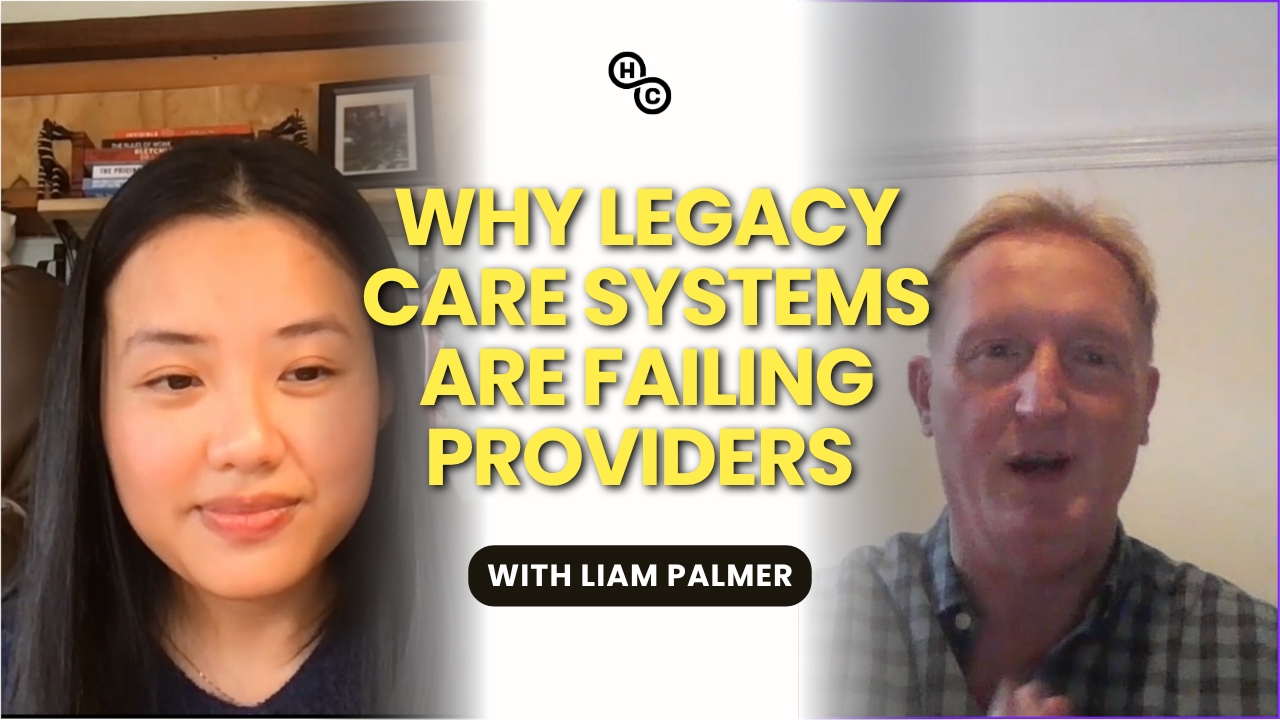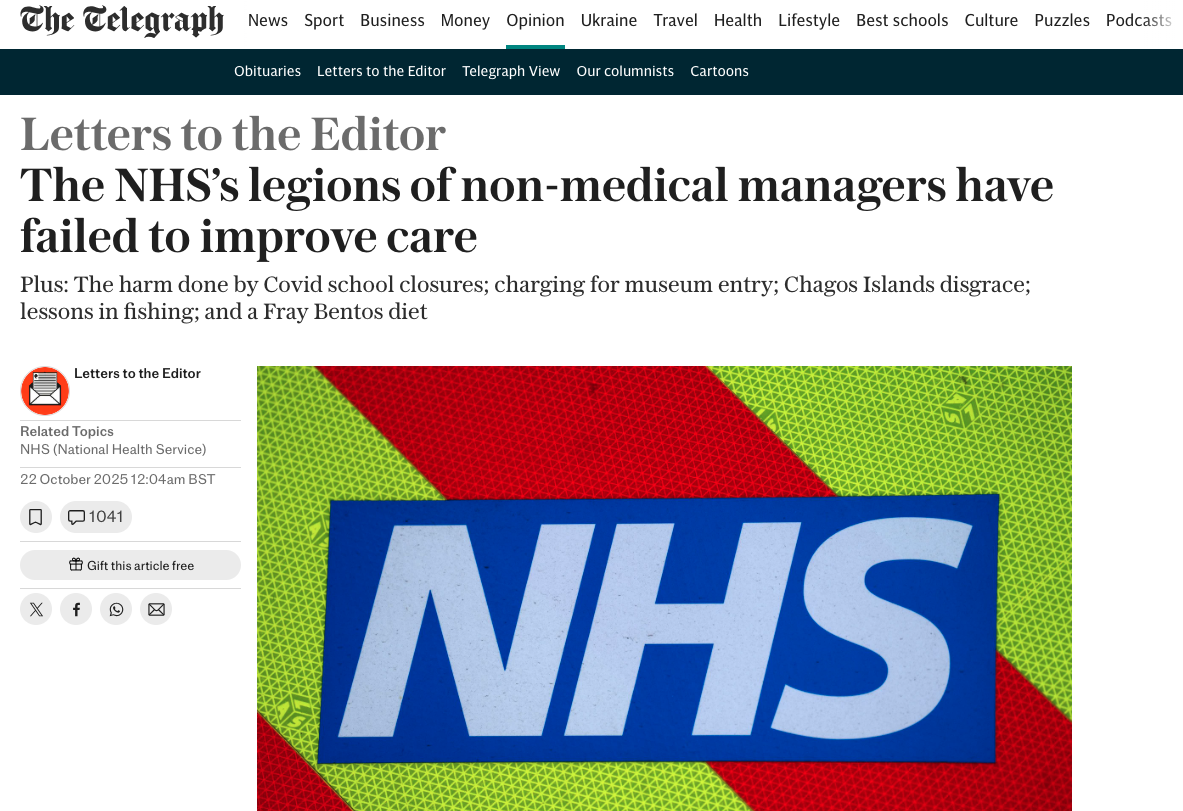Around 20% of the social care sector is still running on paper, a staggering figure in 2025. Despite millions in government funding and rapid digitisation across other industries, one in five care providers remain outside the digital ecosystem altogether.
For those that have gone digital, the picture isn’t much brighter.
“It sounds good to say, ‘don’t have ten systems, have one,’” says Liam Palmer, CEO of CareTech Guide. “But often, those systems were built by acquiring other products and bolting them together. The first two apps are brilliant; the other ten got 10% of the programming time.”
The result is a sector caught between paper and platform, trapped by the illusion of integration.
The All-in-One Myth
“All-in-one” systems promise simplicity: one login, one dashboard, one supplier. But behind the glossy marketing, most are a patchwork of legacy products that don’t truly talk to each other.
Care teams experience this disconnect every day:
- Notes that don’t sync between care planning and eMAR.
- Alerts that never reach the right person.
- Reports that still require manual data entry.
The promise of seamless integration becomes yet another admin burden, the very thing technology was meant to solve.
“When you buy an all-in-one system, you assume it’s all built with one vision,” Liam explains. “But under the hood, you’ve got different architectures stitched together. It looks unified until you start using it.”
The Legacy Trap
Large brands dominate the social care technology landscape. Their systems are familiar, widely used, and often backed by years of contracts with local authorities or NHS trusts. But familiarity doesn’t equal quality.
“People assume a premium brand means everything works perfectly,” Liam says. “It doesn’t. There’s a lot of ‘buyer beware’ because what’s promised and what’s delivered don’t always match.”
These legacy systems trap care providers in long, expensive contracts that stifle innovation. Because migrating to a new platform feels daunting, and because these systems technically meet compliance requirements, many providers stay locked in outdated workflows, paying more for less.
It’s a quiet kind of digital inertia. The paperwork may be gone, but the inefficiency remains.
The Cost of Disconnection
When systems don’t integrate properly, the impact is real:
- Frontline teams spend hours re-entering the same data.
- Managers lose visibility over risk and compliance.
- Care quality suffers because insights are delayed or incomplete.
And for smaller or independent providers, the barriers are even higher. Choosing the wrong system can drain budgets and morale, leaving them worse off than before digitisation began.
Rethinking “Digital Transformation”
True transformation isn’t about ticking the digital box. It’s about fit-for-purpose technology that reduces admin, connects data, and empowers care teams to spend more time with people, not screens.
“Some good tech has existed for years,” Liam notes. “But social care was unusually hesitant to embrace it. Now adoption is rising, we just have to make sure we’re adopting the right tech.”
That means asking harder questions:
- Does this system genuinely integrate, or just appear to?
- Who benefits most from the setup: the care team or the supplier?
- Can I switch if the system stops serving me?
Because the goal isn’t to go digital, it’s to go better.
Final Thought
Digital care shouldn’t feel like a trap. It should feel like freedom — freedom from paperwork, from double-entry, from inefficiency.
To get there, care providers need transparent suppliers, interoperable systems, and the courage to challenge “all-in-one” marketing myths.
As Liam puts it:
“Technology is not the goal. It’s a means to serve better.”



.png)
.png)








